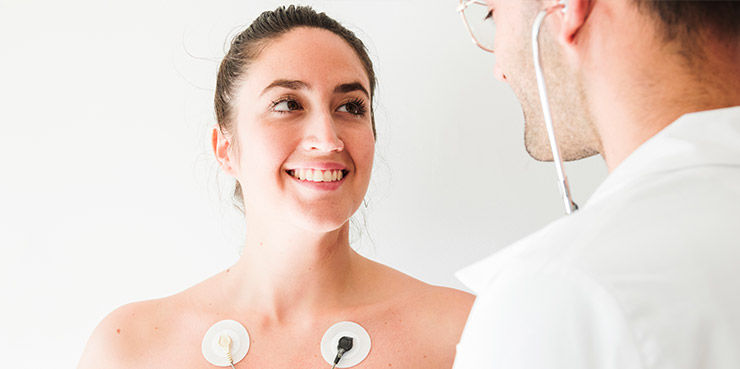Clinical studies for health devices: 5 value tips
- Inovatie Serviços em Saúde

- Feb 9, 2021
- 3 min read

Clinical studies for health devices: 5 value tips
All innovative health devices and risk classes III and IV that are very invasive such as stents, implantable pacemakers and disc prostheses need to present evidence of efficacy and safety for use in humans, even if they are simple data that justify their clinical benefit. Generating this data or even assessing the robustness of the available information does not need to be a challenge.
For this reason, we have put together 5 essential tips to assess the design of a clinical study with health devices.
Tip #1: Is the calculation of the number of patients adequate? The number of patients present in a clinical study is generated through successful statistical calculations and follows 2 main rules: the primary established endpoint and the type of study, whether superior, equivalent or not inferior. But we will clarify these two points in more detail below.
Tip #2: What type of clinical study to select? Superiority studies, as the name says, are valid when you have a technology far superior to the options on the market or even when there is no option available, with superiority in relation to treatment or placebo. The study of non-inferiority is interesting when the arsenal available in the appropriate market, and you seek to develop a study that shows results of effectiveness as good as the standard treatment established. Equivalence studies are specialized for technologies with identical and comparable clinical outcomes.
Tip #3: How to choose the primary study outcome? The primary outcome of your study is undoubtedly the most important information in your research project. It needs to be scientifically validated for the main condition that it intends to treat, but it also needs to evaluate a clinical outcome with a well-established relationship with the real needs of the market to be addressed. Seek scientific information to support the selection of the primary outcome and be aware of the regulatory agency's expectation that a justification for the selected primary outcome is presented.
Tip #4: How to select the most suitable inclusion and exclusion criteria for the study? You want the profile of patients included in the study to be as close to the population that will use the product when it reaches the market, and to be as broad as possible, correct? However, excessively large populations are very heterogeneous and generate distortions of interpretation. On the other hand, excessively restricted samples do not reflect the reality of the market. Therefore, be careful, check the available scientific literature, and keep attention on the inclusion of patients with multiple comorbidities that add uncontrollable risks to the study.
Tip #5: How long to follow up on patients in the study? The right answer is: the minimum time required, but sufficient to achieve the desired clinical benefits with the product. And leave for complementary studies or other sources of generation of evidence the outcomes that occur in longer periods, and that are also important for the clinical and scientific validation of your product.
And the last and most important recommendation of all is: conduct a study that is in line with your marketing objectives. Because although a clinical study in most often due to regulatory needs, it is also a powerful marketing tool for your product. There is no justification for your company's Research & Development and Marketing teams not to exchange valuable information and develop a project that brings maximum benefits to the investment made in a clinical study.



Comments